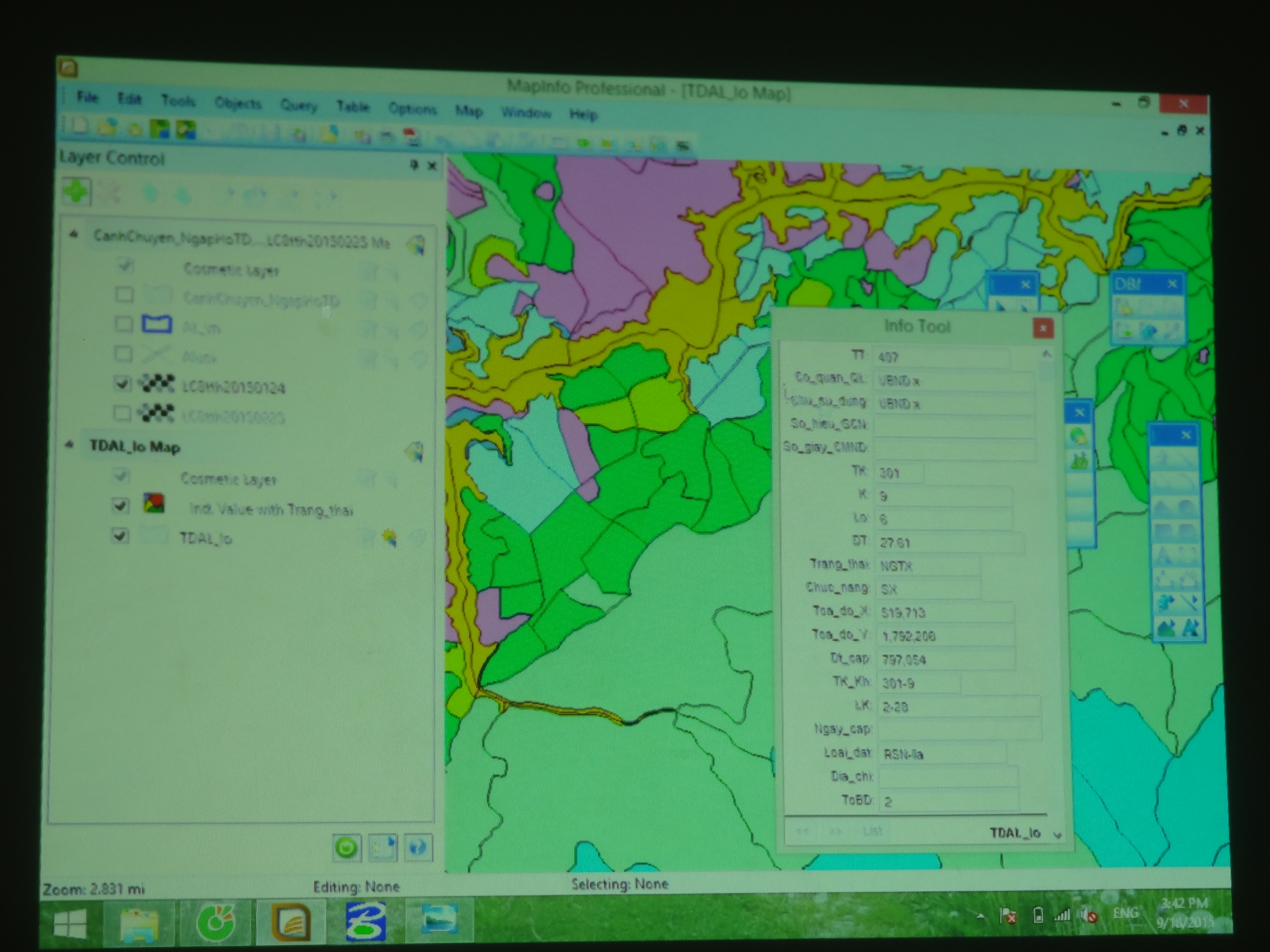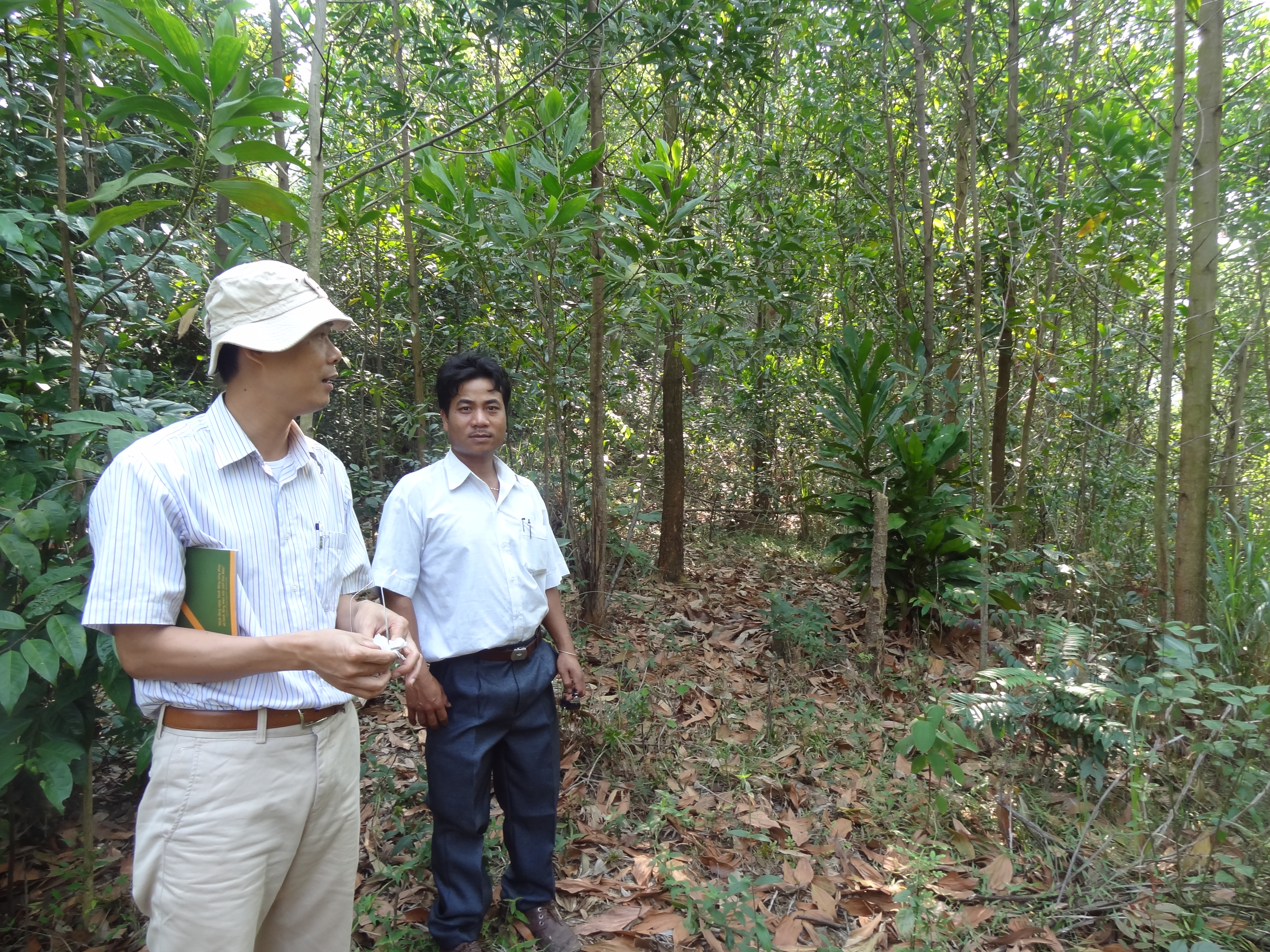- Project Leader:Ubukata Fumikazu (Okayama University, Graduate School of Environmental and Life Science)
- Collaborators:Hyakumura Kimihiko (Kyushu University, Institute of tropical agriculture)
- Naito Daisuke (Kyoto University, Center for Southeast Asian studies)
- Samejima Hiromitsu (Institute for global environmental strategies)
- Truong Quang Hoang (Hue University of Agriculture and Forestry, Center for rural development in Central Vietnam)
- Kobayashi Satoru (Kyoto University, Center for Southeast Asian Studies)
Outline of Research
This study examines the commodification of nature in Southeast Asia, with a special focus on “new” trends in commodification schemes: capitalization and financialization processes, which are more or less related to the “neo-liberalization of nature.” We will pay special attention to the role of (natural and social) agents that promote or inhibit above-mentioned processes. Through this study and active communication with Southeast Asian scholars, we aim to draw out how societies and nature are mediated in the recent commodification processes in the region. The project leader will stay at the Kyoto University Bangkok office from July to September 2017 in order to develop an academic network for the project.
Description
It is widely observed that nature in Southeast Asia has been rapidly commodified. Some also believe that this has fundamentally transformed the relationship between society and nature in the region. For instance, highly valued natural resources, such as oil, tin, and forest products have been strategic for colonial and national economies that have created some of the fundamental politico-economic institutions. The commodification of some agricultural products, such as rubber and palm oil, has involved many local people in the commodity chain within the global economy.
Further, reflecting the recent pro-market and pro-environment debates in the international arena, some policy makers and businessmen are eager to introduce new commodification schemes (for example asset capitalization, environmental certifications, and carbon markets), with the intention to create a “win-win” situation between development and the environment.
In Southeast Asia, we can thus observe different phases and processes of commodification of nature. How can we understand this “parallel” situation? Can we see a sustainable future through these “new” commodification schemes? Do these processes reveal unusual patterns? To date, relatively few studies have paid attention to these new trends within the regional historical context.
By comparing these new commodification schemes with the “conventional” processes, this study will explore the variations of commodification processes of nature in contemporary Southeast Asia.
Though this research, we will:
1) further historical understanding of the human-nature relationship in Southeast Asia
2) further our knowledge of the role of institutions, science, and technology in the transformation of the human-nature relationship in the region.


